
Martin has started a subscription of 3 trees in France

Martin has started a subscription of 3 trees in France

Ivan has started a subscription of 1 tree in Denmark

Ram has started a subscription of 1 tree in France

Charline has started a subscription of 1 tree in France

Rowan has started a subscription of 1 tree in Denmark

Yagmur gave away 1 Douglas fir from Launay Guen Forest (Côtes-d'Armor, FR)
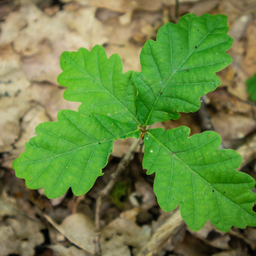
Trine Nørrelund gave away 1 Sessile Oak from The Old Gravel Forest in Nysum (Nordjylland, DK)

Peter gave away 1 Newly planted forest bundle bundle from Several forests (DK)

Francoise purchased 2 Hornbeam Trees from Peyrat de Bellac Forest (Haute-Vienne, FR)
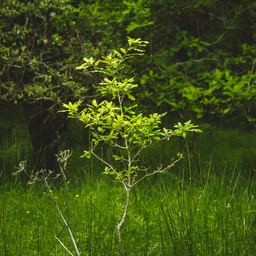
benmessahel purchased 1 Sessile Oak from Peyrat de Bellac Forest (Haute-Vienne, FR)

Sieglinde purchased 1 Douglas fir from Launay Guen Forest (Côtes-d'Armor, FR)

Pierre gave away 1 The Douglas trio bundle from Launay Guen Forest (Côtes-d'Armor, FR)

Pierre gave away 1 The Douglas trio bundle from Launay Guen Forest (Côtes-d'Armor, FR)
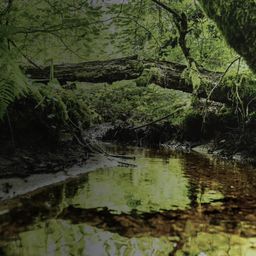
Valeria helped preserve 14.99 m² of the Wetland restoration project in Ploërdut 3 Forest (Morbihan, FR)
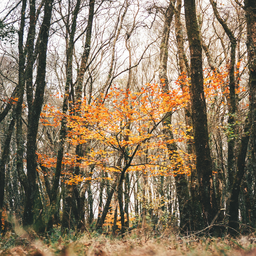
Robert purchased 2 Beeches from Orø-Margrete forest 2 (Sjælland, DK)

Richard gave away 1 Sessile Oak from Peyrat de Bellac Forest (Haute-Vienne, FR)
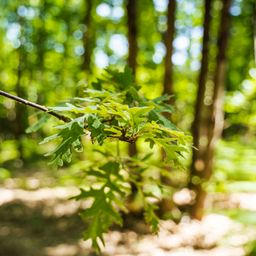
MIkael gave away 3 Downy Oak from Yzeures-sur-Creuse forest (Indre-et-Loire, FR)

MIkael gave away 3 Downy Oak from Yzeures-sur-Creuse forest (Indre-et-Loire, FR)

MIkael gave away 3 Downy Oak from Yzeures-sur-Creuse forest (Indre-et-Loire, FR)

MIkael gave away 3 Downy Oak from Yzeures-sur-Creuse forest (Indre-et-Loire, FR)

MIkael gave away 3 Downy Oak from Yzeures-sur-Creuse forest (Indre-et-Loire, FR)

MIkael gave away 3 Downy Oak from Yzeures-sur-Creuse forest (Indre-et-Loire, FR)

MIkael gave away 3 Downy Oak from Yzeures-sur-Creuse forest (Indre-et-Loire, FR)

Guendalina purchased 2 Douglas firs from Launay Guen Forest (Côtes-d'Armor, FR)